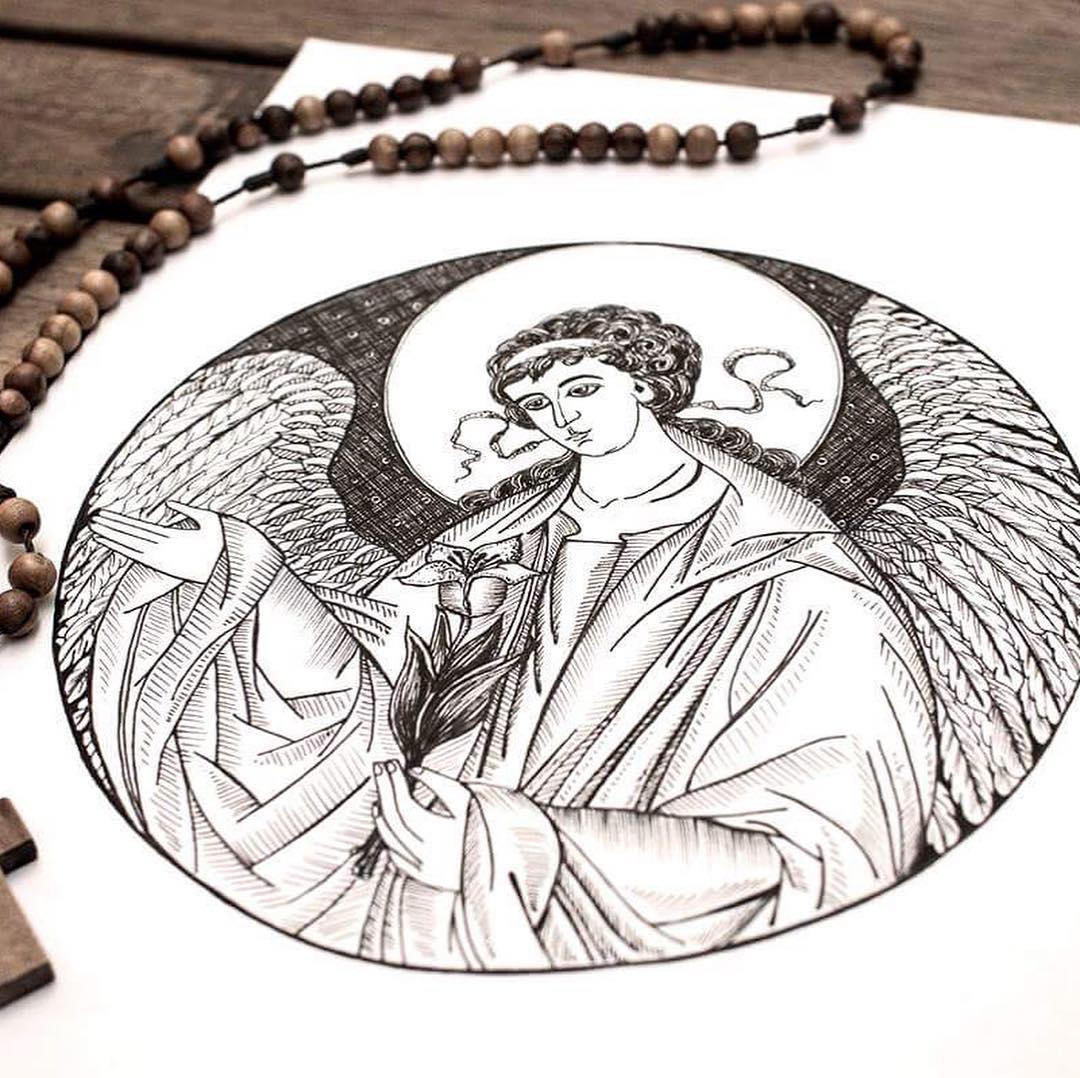Tues, April 26th

 |
ReutArtStudio
Christian Art Studio
|
Saint Pedro de San José Betancur
 |
Franciscan Media
Spirituality to renew your soul
|

Central America claimed its first saint with the canonization of Pedro de San José Betancur. Known as the “Saint Francis of the Americas,” Pedro de Betancur is the first saint to have worked and died in Guatemala.
Pedro very much wanted to become a priest, but God had other plans for the young man born into a poor family on Tenerife in the Canary Islands. Pedro was a shepherd until age 24, when he began to make his way to Guatemala, hoping to connect with a relative engaged in government service there. By the time he reached
Thavana, he was out of money. After working there to earn more, he got to Guatemala City the following year. When he arrived, he was so destitute that he joined the breadline that the Franciscans had established.
Soon, Pedro enrolled in the local Jesuit college in hopes of studying for the priesthood. No matter how hard he tried, however, he could not master the material; he withdrew from school. In 1655, he joined the Secular Franciscan Order. Three years later, he opened a hospital for the convalescent poor; a shelter for the homeless, and a school for the poor soon followed. Not wanting to neglect the rich of Guatemala City, Pedro began walking through their part of town ringing a bell and inviting them to repent.
Other men came to share in Pedro’s work. Out of this group came the Bethlehemite Congregation, which won papal approval after Pedro’s death. A Bethlehemite sisters’ community, similarly founded after Pedro’s death, was inspired by his life of prayer and compassion.
He is sometimes credited with originating the Christmas Eve posadas procession in which people representing Mary and Joseph seek a night’s lodging from their neighbors. The custom soon spread to Mexico and other Central American countries.
(3 Minute Read)
“Jesus answered and said to him, 'You are the teacher of Israel and you do not understand this? Amen, amen, I say to you, we speak of what we know and we testify to what we have seen, but you people do not accept our testimony. If I tell you about earthly things and you do not believe, how will you believe if I tell you about heavenly things? No one has gone up to heaven except the one who has come down from heaven, the Son of Man. And just as Moses lifted up the serpent in the desert, so must the Son of Man be lifted up, so that everyone who believes in him may have eternal life.'”
– Jn 3:10-15
The Resurrection, Education and Learning How to Make Mistakes
 |
Chesterton Academy of the Holy Family - From the Headmaster
Academy in Lisle, IL
|
“Faith in the Risen Christ transforms life, bringing about within us a continuous resurrection” (Benedict XVI). During Eastertide, the Church proposes that we live with an awareness of the most staggering historical fact: the man, Jesus of Nazareth, was crucified, died, was buried, and then, on the third day, rose from the dead. Moreover, this is not simply an event confined to the past, rather we ourselves “have been raised with Christ” (Col 3:1). Hence, the presence of the Risen Christ “should illumine and transform our daily lives” (cf. Benedict XVI).
I recently heard it said that one of the chief goals of education is that of learning how to make mistakes. On the one hand, this means that growing in knowledge and wisdom necessitates engaging in the kind of risky discovery in which we might make a mistake—take the wrong road, say something that is not true, etc. Genuine discovery requires that we move beyond the “safe” confines of the beaten path and the contentedness with the status quo (i.e., not simply seeking the to find the “correct answers,” or to avoid hurting someone’s feelings). On the other hand, this also requires living in a community in which others have the courage to point out to you your mistakes, and likewise having the courage to admit that one has made a mistake. Such a community in which mistakes (when admitted) are valued as an opportunity to grow, is, in educational jargon called a “culture of error.” A culture of error is a positive thing. In fact, it is an essential ingredient for improvement and growth.
Do we as Catholics know how to live this way? Yes, we do! Every time we go to mass, we begin with the confetior. It is recommended that we go to confession at least once a month. The Catholic Church is a “culture of error” in this sense, educating us to readily acknowledge “what I have done and what I have failed to do … my fault, my fault, my most grievous fault.” Ultimately, what can enable us “to learn how to make mistakes”? Only the presence of the Risen Christ truly capacitates us to face our mistakes and allow them to become, in Him, an opportunity for growth—redemption. Without His love, we would be crushed beneath the burden and shame of our incapacity and failures. Benedict XVI notes that perhaps this is the reason why the world tends to deny that sin exists because it has turned away from Jesus Christ and therefore cannot bear the thought of its own sin.
The Church sets aside the fifty days days of Eastertide to focus, in a particular way, on this proclamation, “He is truly risen!” In so doing we are challenged to learn, in the context of our own lives, how to make mistakes knowing that Christ can bring about in us a "continuous resurrection.”
le temps du mème:

A.M.D.G.
